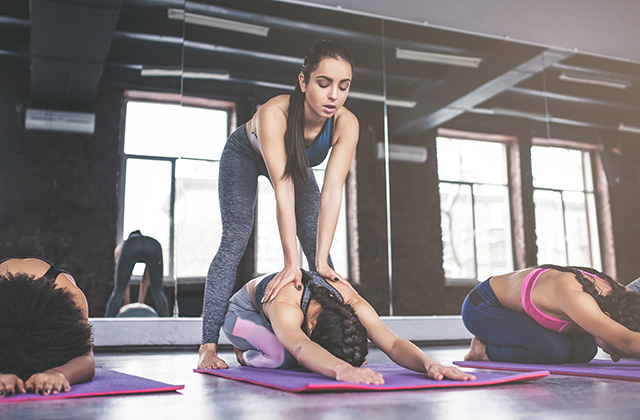Introduction
Starting a new business is always challenging, but by following these steps you will be ready to open your pilates studio in no time. In hiring for Pilates experts you should make sure that they have undergo a Pilates instructor course.
Step 1: Market Research
The first step to building a successful Pilates studio is understanding your target market. The best way to do this is by talking with people in the same or similar industries, asking questions and taking notes on what they say.
Once you’ve got an idea of who your customer base will be, it’s time to get into the details: what do they need? What do they want? How can you provide that for them? If there are already other studios in town providing these services (and there probably are), why would someone choose yours over theirs?
Step 2: Choose the Right Location
The location of your studio is important for several reasons. First, you want to be near your target market. This means that if you’re going to open a Pilates studio in New York City, then it’s best if you find a place close to where most of your potential clients live and work. It also means that if someone wants to drop by for an appointment with one of their favorite instructors or instructors-to-be, they won’t have far to go.
Second, consider whether or not people will easily find the studio once they’ve decided on one particular area as their preferred location (and this includes knowing how much parking space is available). If there aren’t many places nearby where there is lots of free parking available during business hours (for example), then consider moving elsewhere before leasing any property or signing any contracts!
Thirdly – and perhaps most importantly – make sure that wherever possible has good security measures in place so that no one can break into either themselves or anyone else while visiting inside either day/nighttime hours.”
Step 3: Select Your Equipment and Furnishings
In this step, you’ll need to decide what kind of equipment and furnishings you want to have in your studio. The most important thing is to make sure that everything is safe and easy-to-use for clients.
You can choose from a wide range of Pilates equipment including reformers, spring boards and chairs, tables and benches – or even just a mat on the floor! You may also want some props like stretch bands or foam rollers. If possible try out different pieces at local studios before making any purchases so that you know what works best for your own practice style.
When buying furniture such as chairs or tables make sure they are sturdy enough not only for holding up heavy bodies but also maintaining their shape over time (especially if they’re wooden). It’s also worth considering whether there will be enough space around each piece so people aren’t tripping over one another while exercising!
Step 4: Develop Your Marketing Plan
In the fourth step, you will develop your marketing plan. A marketing plan is a written document that outlines all of the strategies and tactics you will use to promote your business. It should include:
- A mission statement that defines what makes your studio unique, along with how it will serve its clients (this should be no longer than two sentences)
- Goals for each year of operation, including numbers related to enrollment, retention rates and overall profitability
Step 5: Train Your Staff and Launch Your Business
- Train your staff.
- Hire a coach.
- Practice run with clients.
Starting a new business is always challenging, but by following these steps you will be ready to open your pilates studio in no time.
Starting a new business is always challenging, but by following these steps you will be ready to open your pilates studio in no time.
It’s important to start planning well before opening day. The first thing you should do is make sure that the location of your studio suits what you want from it and that there is enough demand for pilates classes in the area. Next, consider how many staff members will be needed and what qualifications they should have (if any). Finally, think about ways in which marketing could help grow sales and attract new clients including social media campaigns or paid adverts on search engines like Google Ads or Bing Ads which can both be targeted at specific demographics such as age range or location within a certain radius around where people live so they only see ads relevant to them rather than others who may not need services like yours at this time but might find them useful later down the line when circumstances change!
Conclusion
We hope this guide has been helpful in your journey to open your own pilates studio. It’s a big step, but one that will pay off in the long run. If you follow these steps and get everything ready before opening day, then you will be able to focus on providing quality services for your clients instead of worrying about all the other details that go into running any business. Click here on how this guide you to open a Pilates studio.




